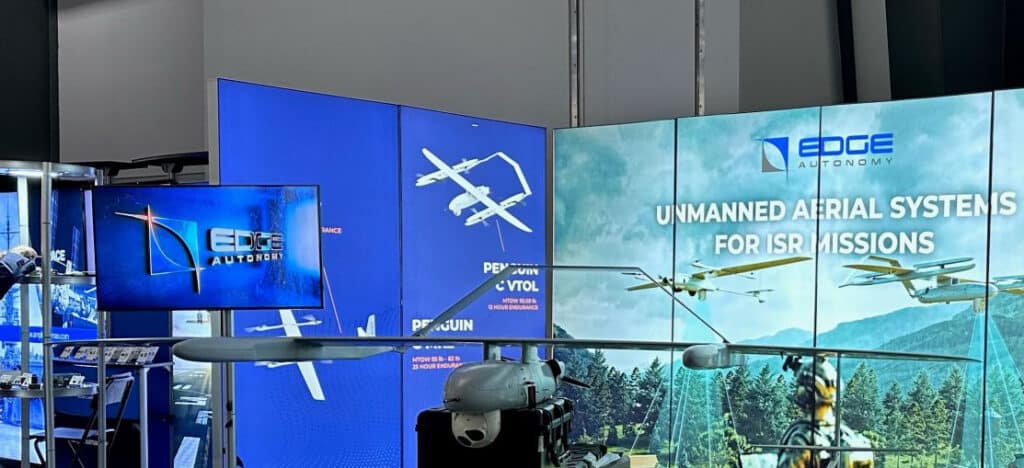The Edge Autonomy Penguin UAS is part of the United States aid package to Ukraine
Originally published via Forbes
Author: Vikram Mittal
The United States’ aid packages to Ukraine have provided various Unmanned Aerial Systems (UAS) to support their efforts in the war with Russia. These UAS offerings include a range of systems, from the Switchblade loitering munition to the Scan Eagle UAS. Interestingly, the latest addition to this aid is the Penguin UAS, a commercial drone commonly used for military applications. The commercial nature of this UAS, coupled with its modularity, has the potential to provide Ukraine a competitive edge in the Russia-Ukraine war.
The Penguin UAS, initially developed by UAV Factory in Latvia and now produced by Edge Autonomy in California, has gained acclaim as the “closest thing one can get to a military-grade UAV as a civilian consumer.”

